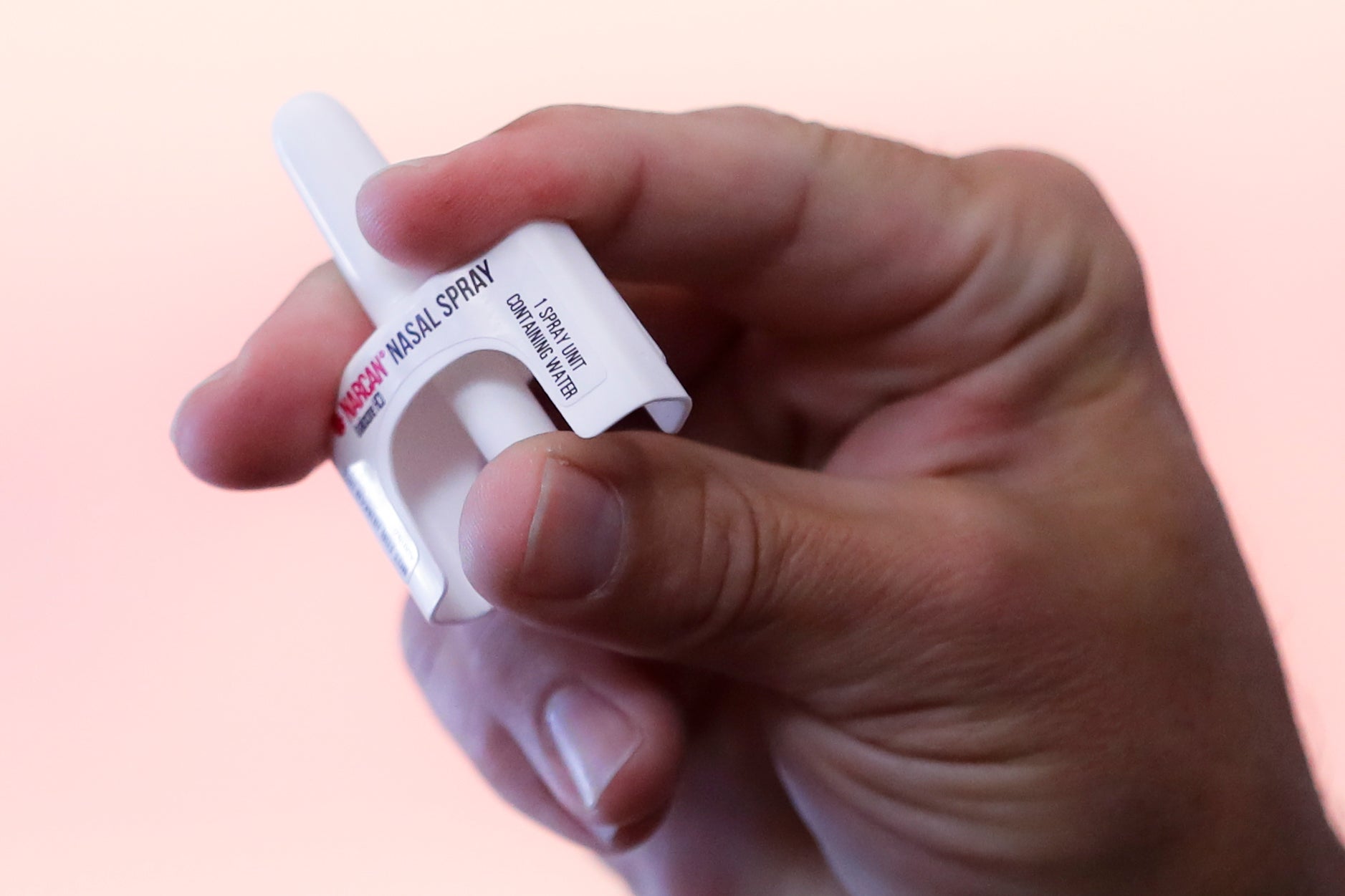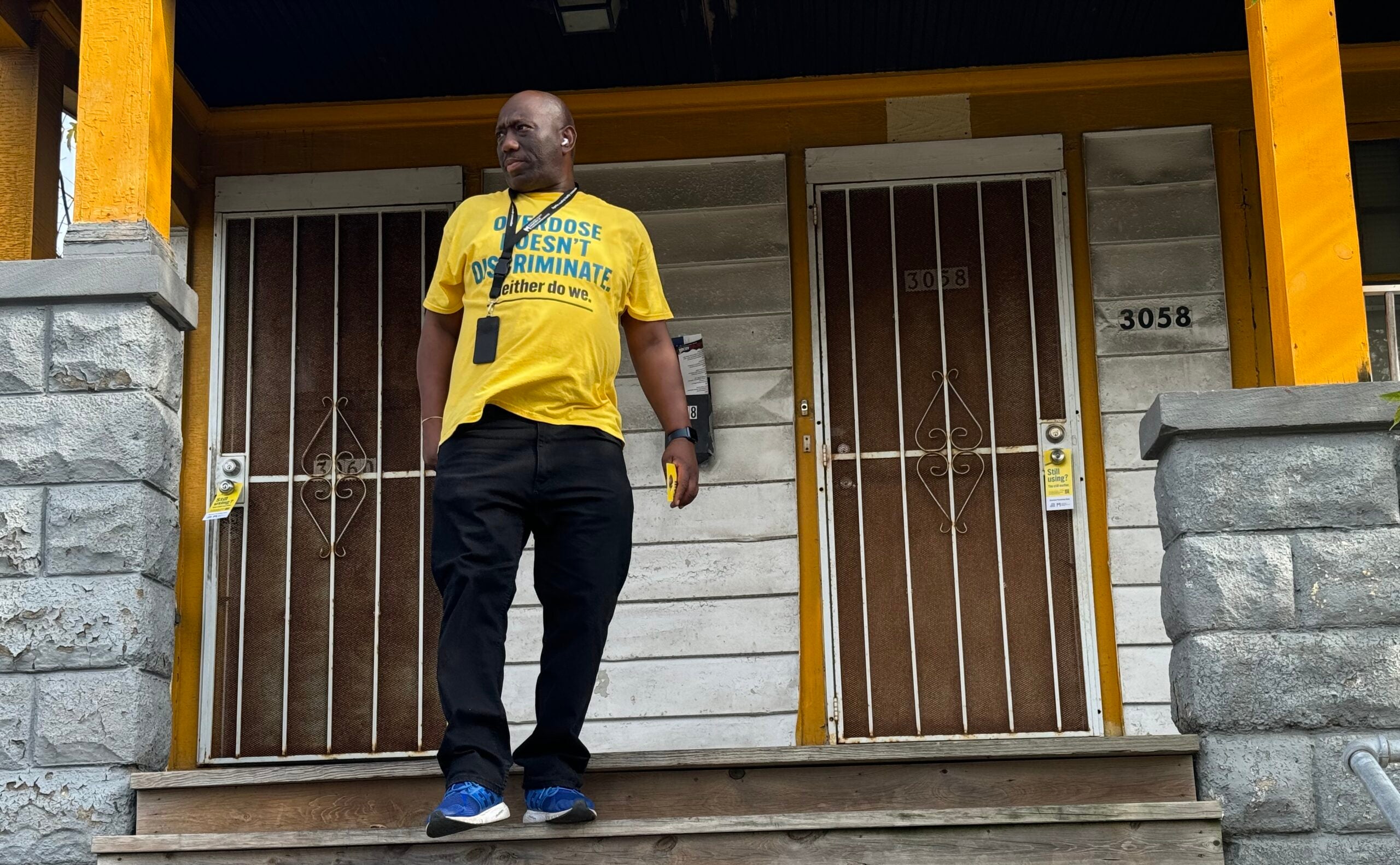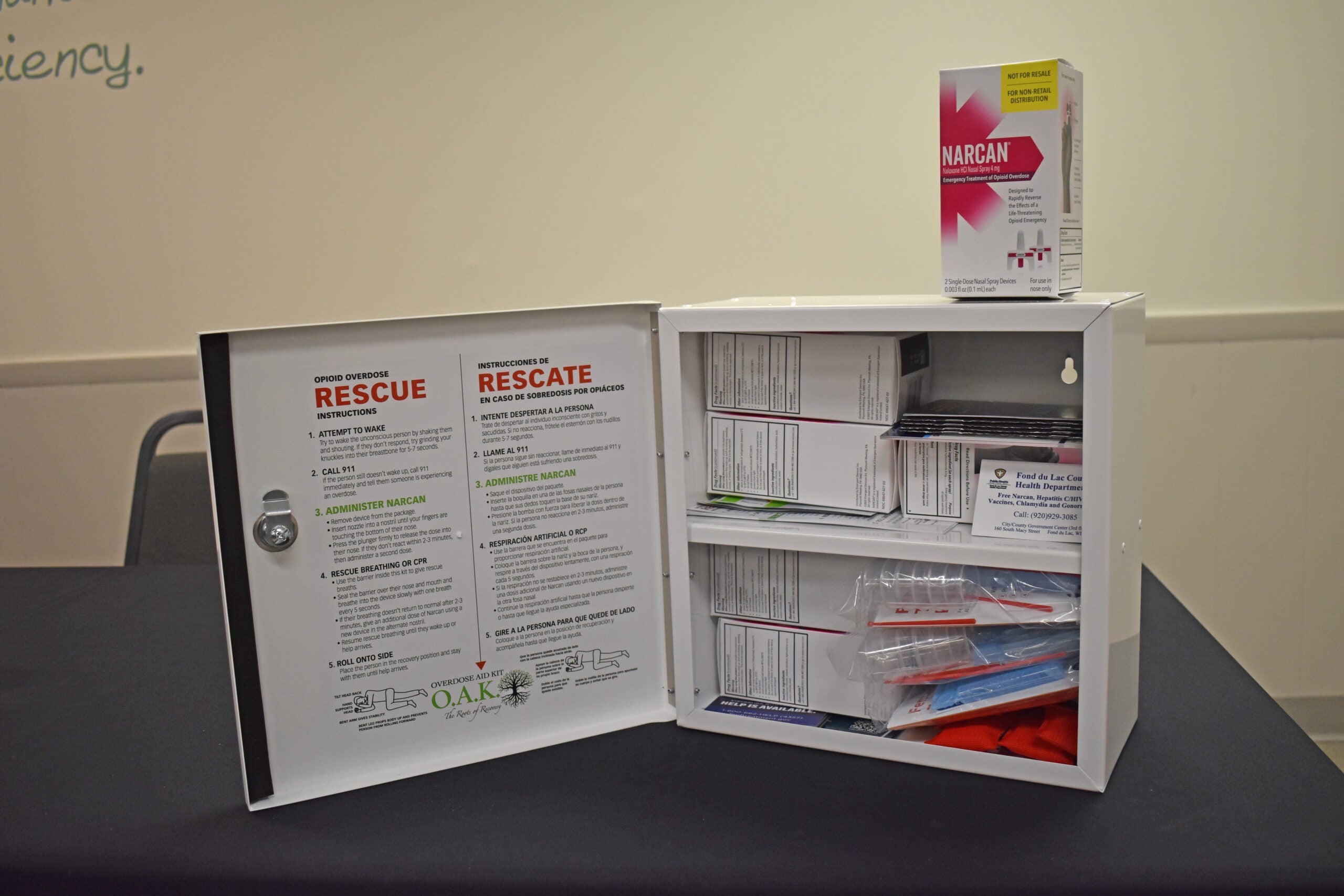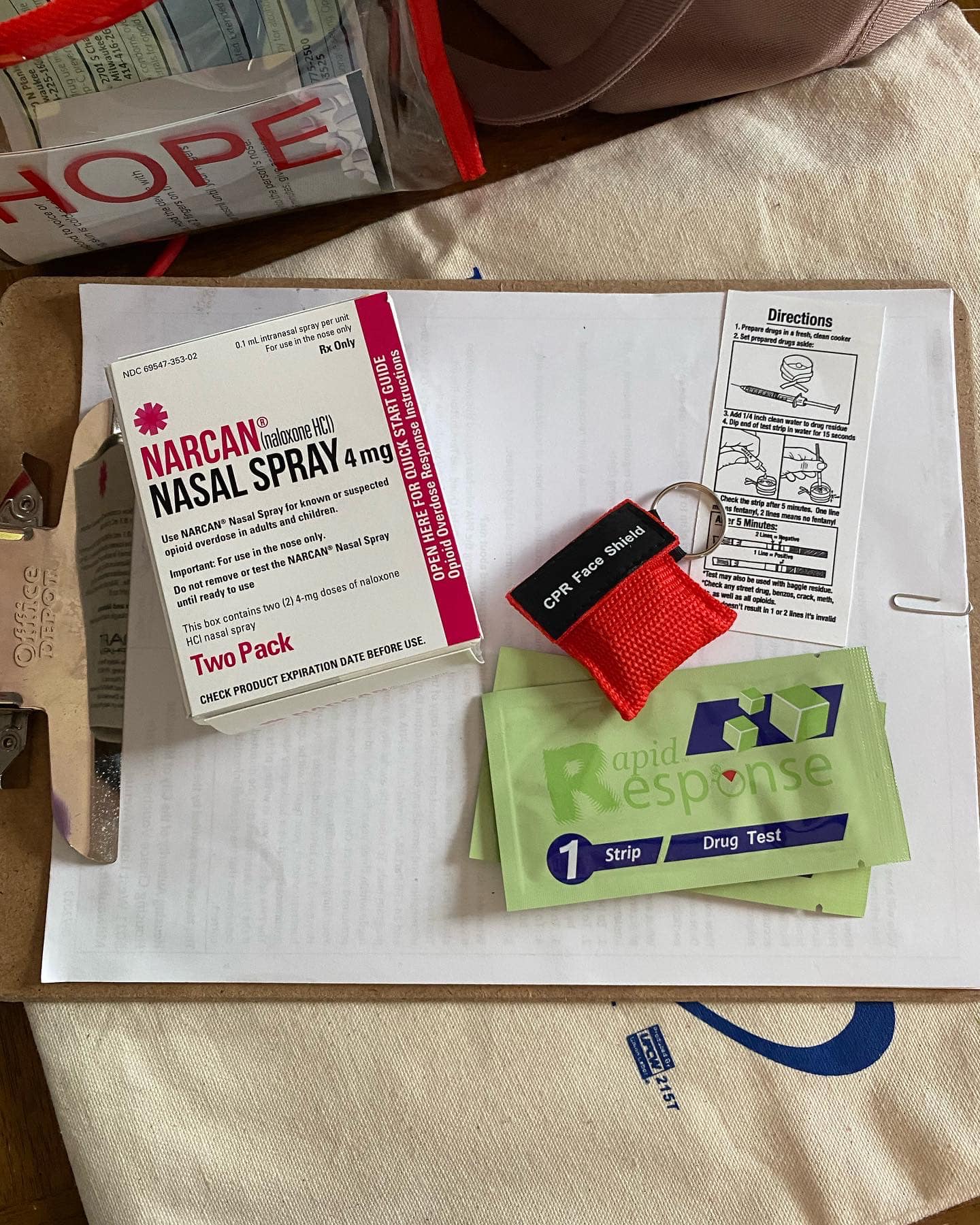Last month, U.S. Surgeon General Jerome Adams urged more Americans to carry and learn how to use the opioid antidote Naloxone, commonly called Narcan. Now, Dane County has an instructional video to teach ordinary citizens what to do in an overdose situation.
More than half the 259 overdoses the Madison Police Department responded to in 2017 were in public places. Public health officials want to increase the odds they’ll be saved by having bystanders help.
“So that means any of us, when we’re out shopping or going out for dinner or even just taking a walk could come in contact with somebody who is overdosing and could be the person who intervenes and saves their life,” said Sarah Johnson, health education specialist with Public Health Madison & Dane County.
Stay informed on the latest news
Sign up for WPR’s email newsletter.
The video talks about the risk of overdosing when mixing opioids with “downers” like benzodiazepines or alcohol. It also warns that heroin may be laced with the powerful synthetic opioid, fentanyl. It goes on to describe how to spot someone who has overdosed and how to administer naloxone, which can reverse an opioid overdose. And if the person’s heart has stopped beating, the video shows how to give chest compressions to the beat of “Stayin’ Alive,” using the Bee Gees song as a metronome.
“The very first thing you need to do is call 911 and really, if that’s the only thing you do, that would be enough because the 911 operators can talk you through how to administer Narcan, do chest compressions and do rescue breathing if necessary,” said Johnson.
A majority of heroin users’ addictions began with an addiction to legal prescription opioids, according to the Wisconsin Governor’s Task Force on Opioid Abuse.
On Wednesday, a report from the state’s Controlled Substances Board showed opioid prescriptions continued to drop in Wisconsin.
“Wisconsin prescribers are putting patients first and ensuring they have the information they need to make educated prescribing decisions,” Gov. Scott Walker said in a statement. “I am proud Wisconsin has a cutting-edge resource to help prescribers and law enforcement fight the opioid epidemic.”
The report also noted a decrease in doctor shopping, where users go to different doctors to obtain multiple painkiller prescriptions.
But despite fewer opioid prescriptions, opioid overdoses and deaths continue to rise.
“And part of that is because people are mixing fentanyl which is an extremely potent opioid, in with other drugs,” said Johnson. “So individuals using heroin and fake pills don’t know how strong they are and so they’re dying before any emergency care can be given to them.”
Wisconsin Public Radio, © Copyright 2025, Board of Regents of the University of Wisconsin System and Wisconsin Educational Communications Board.




